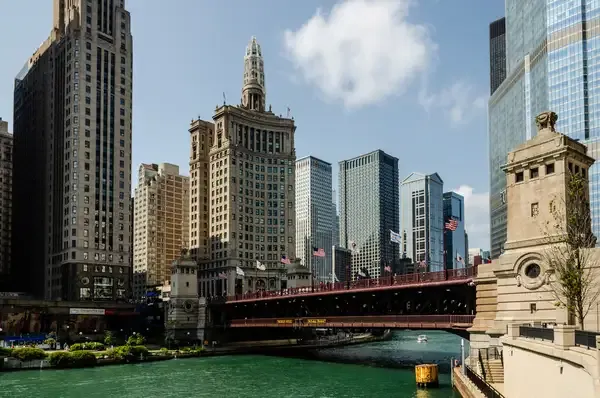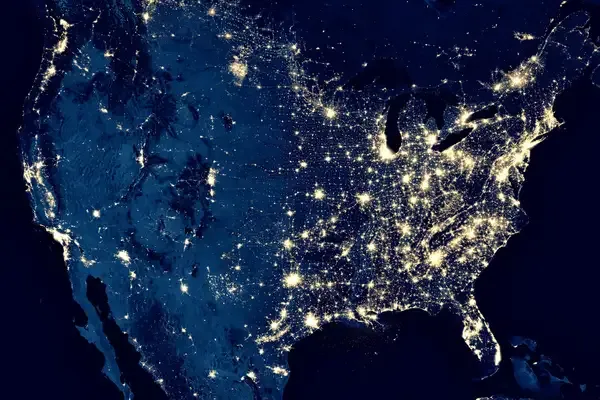- Home >
- Health
- > Epidemiology
What Is a Second Wave of a Pandemic, and Could It Happen for COVID-19?
A second wave of a pandemic refers to a resurgence of infections after a decline, often occurring when restrictions are lifted or public behavior changes. For COVID-19, this could manifest through increased cases and hospitalizations, particularly if vaccination rates wane or new variants emerge. Meanwhile, the nicknames of cities like New York, famously known as "The Big Apple," often reflect their cultural, historical, or geographical significance. Other cities have similarly distinctive monikers that capture their essence and identity.

Understanding the Second Wave of a Pandemic
A second wave of a pandemic refers to a resurgence of infections after a period of decline. This phenomenon can occur when the initial outbreak subsides, but the virus remains prevalent in the community, leading to new infections. The second wave can be influenced by various factors, including the behavior of the population, public health measures, and the inherent characteristics of the virus itself.
In the context of COVID-19, health experts have been closely monitoring the situation to determine the likelihood of a second wave. As we have seen in previous pandemics, such as the 1918 influenza pandemic, second waves can often be more severe than the first. This is due to several reasons, including increased human interaction and the potential for viral mutations.
Key Factors Influencing a Second Wave
Several factors contribute to the possibility of a second wave of COVID-19:
- Public Health Measures: The implementation of measures such as masking, social distancing, and vaccination plays a crucial role in controlling virus spread. If these measures are lifted prematurely or not adhered to, a second wave is more likely.
- Population Behavior: As restrictions ease, people may return to pre-pandemic behaviors, leading to increased transmission rates. Events with large gatherings can facilitate the spread of the virus.
- Viral Variants: New variants of the virus can evade immunity from previous infections or vaccinations, leading to an uptick in cases. Monitoring and adapting vaccine formulations may be necessary to combat these variants.
Historical Context: Learning from the Past
History provides insight into how second waves have played out in past pandemics. The 1918 influenza pandemic experienced multiple waves, with the second wave being particularly deadly. This highlights the importance of vigilance even after initial declines in case numbers.
The graph below illustrates the typical pattern of pandemic waves:
| Wave | Time Period | Infection Rate |
|---|---|---|
| First Wave | Spring 2020 | High |
| Second Wave | Fall/Winter 2020 | Higher than First |
| Third Wave | Spring 2021 | Varies |
Could a Second Wave of COVID-19 Happen?
The possibility of a second wave of COVID-19 is a concern among public health officials. Experts believe that several factors could lead to a resurgence of cases:
- Seasonality: Similar to the flu, COVID-19 may exhibit seasonal patterns, with colder months potentially leading to increased transmission rates.
- Vaccination Rates: High vaccination rates can significantly reduce the chance of a second wave. However, vaccine hesitancy and unequal distribution can hinder this effort.
- Global Travel: The interconnectedness of our world means that variants can be introduced from regions experiencing surges, complicating containment efforts.
Preventive Measures to Mitigate Second Waves
To reduce the risk of a second wave of COVID-19, several preventive measures can be implemented:
- Vaccination Campaigns: Ensuring widespread access to vaccines and booster shots is crucial in building herd immunity.
- Public Education: Informing the public about the importance of continuing preventive measures, such as wearing masks and practicing social distancing, can help mitigate risk.
- Surveillance and Testing: Ongoing monitoring of infection rates and widespread testing can identify outbreaks early, allowing for timely interventions.
Conclusion
The potential for a second wave of COVID-19 remains a significant concern. Understanding the factors that contribute to this possibility can help individuals and communities prepare and respond effectively. By adhering to public health guidelines and staying informed, we can work together to minimize the impact of a second wave, should it occur.
In summary, vigilance, proactive measures, and community cooperation are essential in navigating the ongoing challenges posed by COVID-19. By doing so, we can hope to reduce the likelihood of a second wave and move closer to a return to normalcy.












